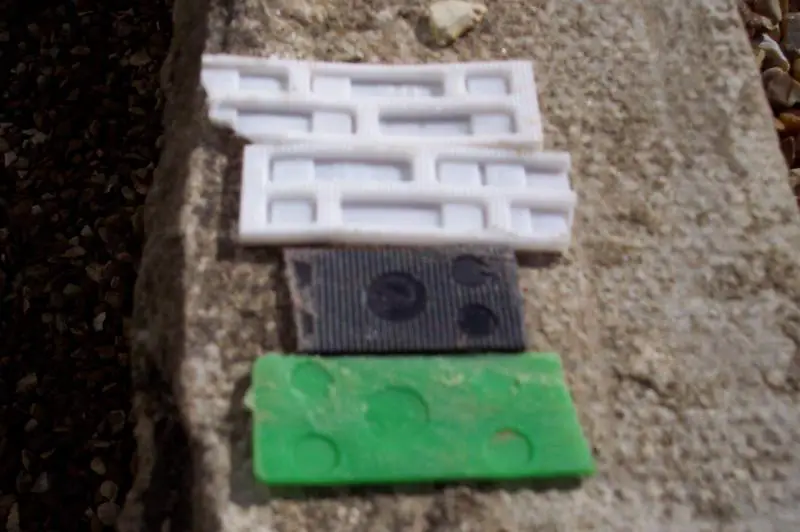- Joined
- 26 Jan 2005
- Messages
- 266
- Reaction score
- 0
- Country

We have a bay that is getting mould on the inside. Recently it has also been wet to the touch. Double glazing was fitted a couple of years ago which may be a contributing factor. Is this condensation from the inside or penetrating damp from the outside? We get a few bits of condensation elsewhere but not this bad.
http://kjpublic.dynalias.com/bay/IMG_4716.JPG
http://kjpublic.dynalias.com/bay/IMG_4717.JPG
In addition since the double glazing was fitted we have had mild cracking, which I was told was just settling. Could this be related? You can see where the bricks have cracked as well as the plaster.
http://kjpublic.dynalias.com/bay/IMG_4718.JPG
http://kjpublic.dynalias.com/bay/IMG_4719.JPG
http://kjpublic.dynalias.com/bay/IMG_4722.JPG
Outside of house is:
http://kjpublic.dynalias.com/bay/IMG_4720.JPG
Note there are no problems on the lower bay.
Only other thing is the mortar is quite powdery on the upper bay - is this the more liklely cause?
http://kjpublic.dynalias.com/bay/IMG_4723.JPG
Also worth mentioning that the paint is not actually peeling off, which I'd expect if it was penetrating.
Thanks in advance
http://kjpublic.dynalias.com/bay/IMG_4716.JPG
http://kjpublic.dynalias.com/bay/IMG_4717.JPG
In addition since the double glazing was fitted we have had mild cracking, which I was told was just settling. Could this be related? You can see where the bricks have cracked as well as the plaster.
http://kjpublic.dynalias.com/bay/IMG_4718.JPG
http://kjpublic.dynalias.com/bay/IMG_4719.JPG
http://kjpublic.dynalias.com/bay/IMG_4722.JPG
Outside of house is:
http://kjpublic.dynalias.com/bay/IMG_4720.JPG
Note there are no problems on the lower bay.
Only other thing is the mortar is quite powdery on the upper bay - is this the more liklely cause?
http://kjpublic.dynalias.com/bay/IMG_4723.JPG
Also worth mentioning that the paint is not actually peeling off, which I'd expect if it was penetrating.
Thanks in advance


